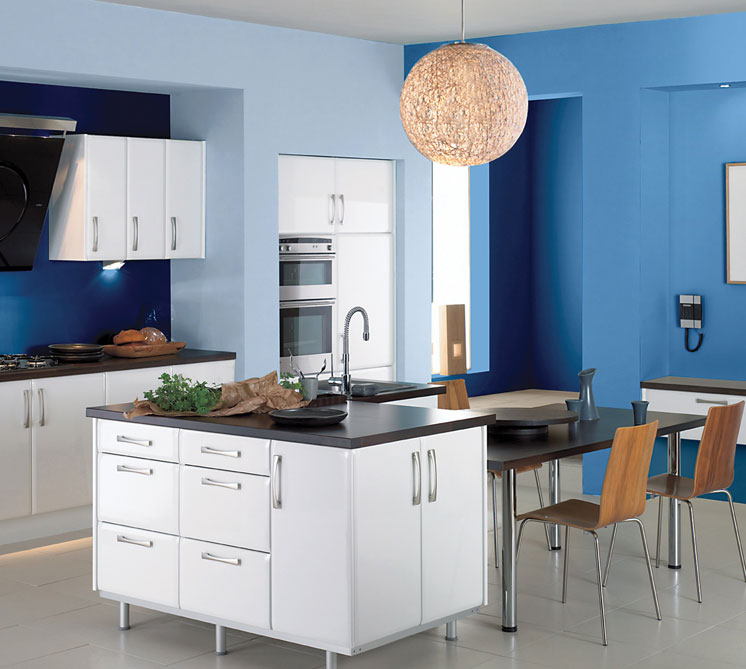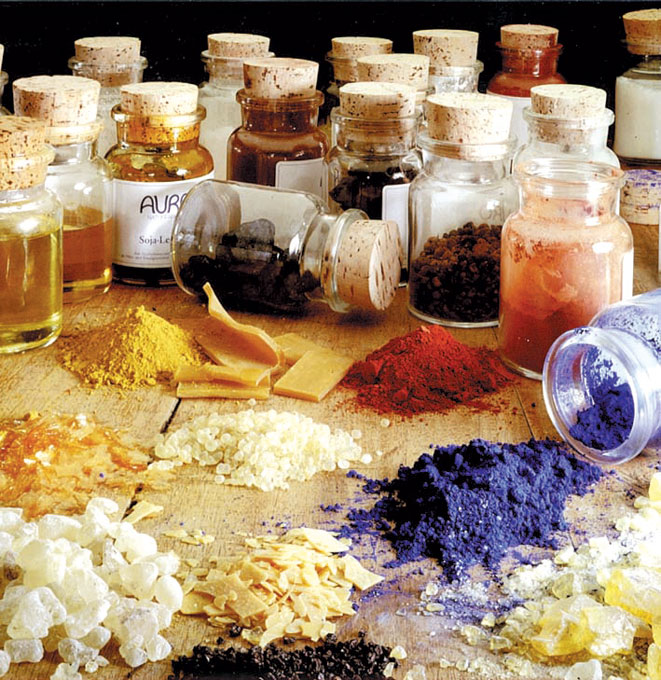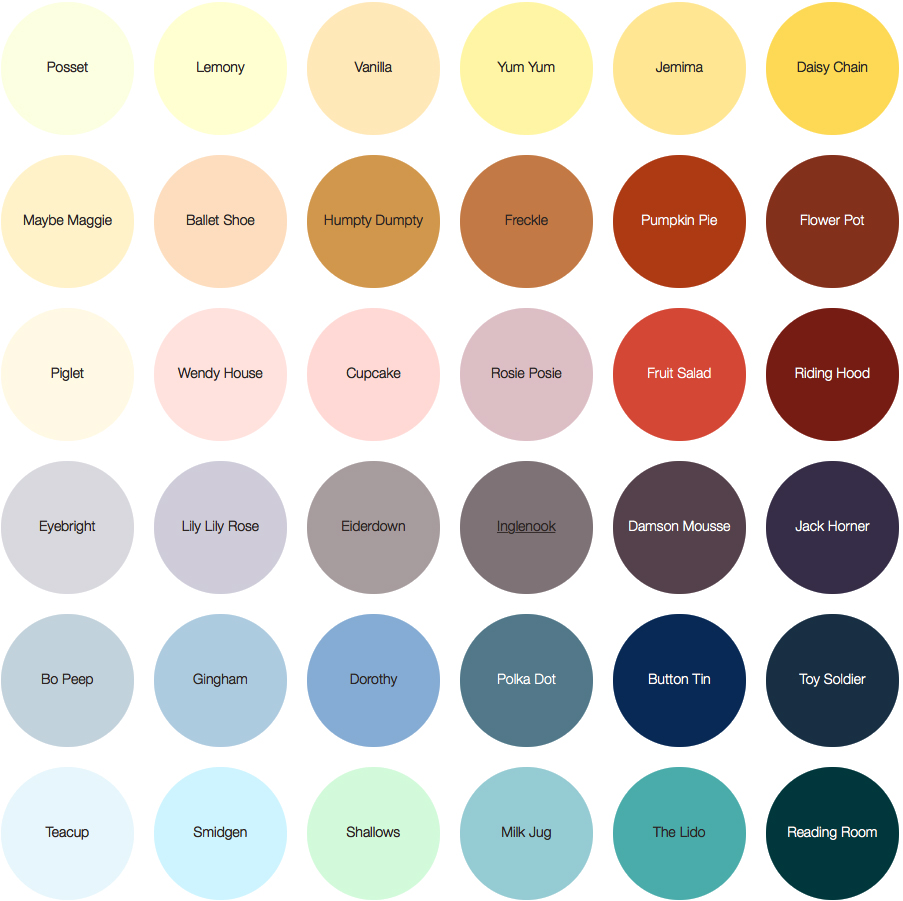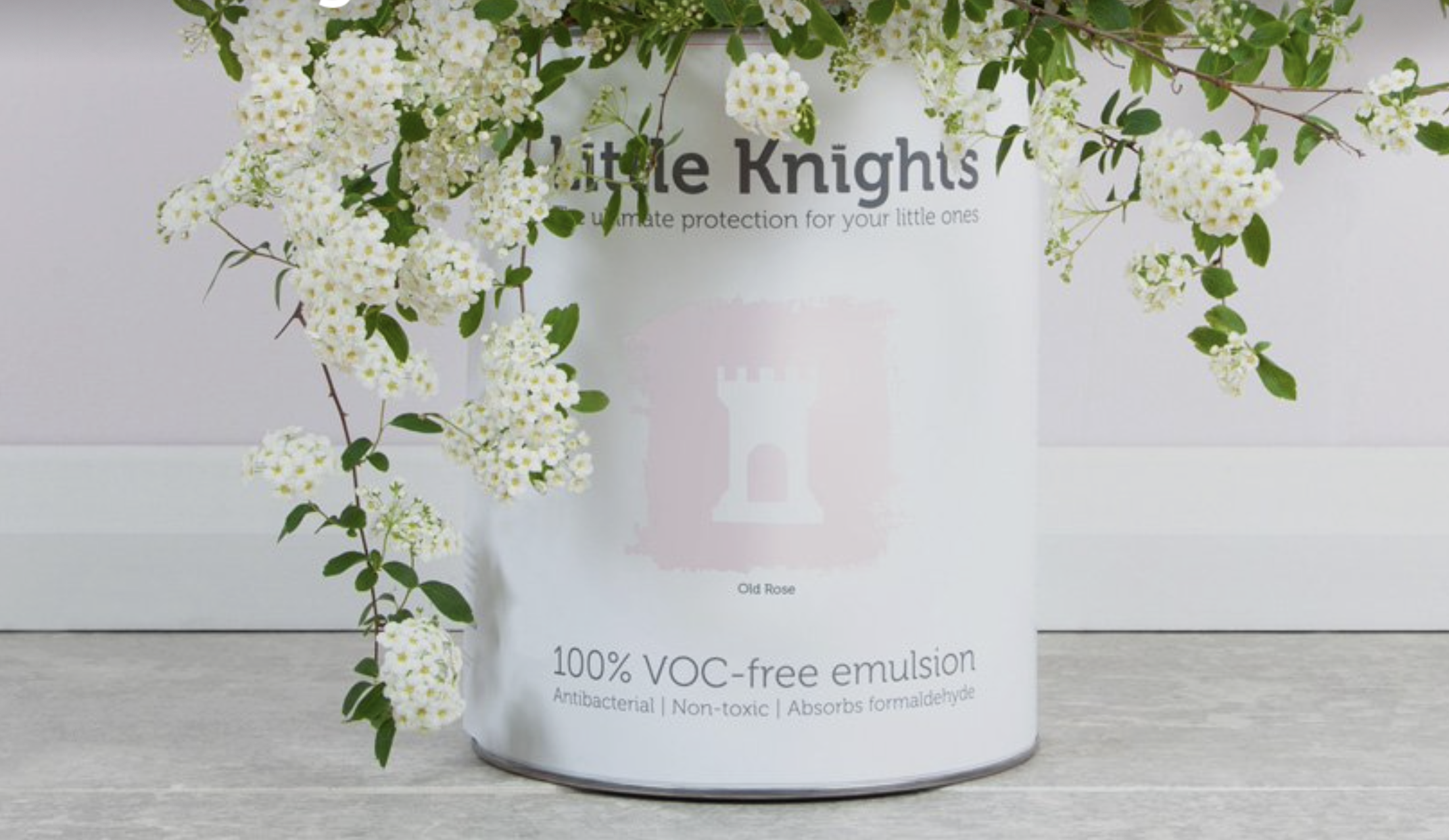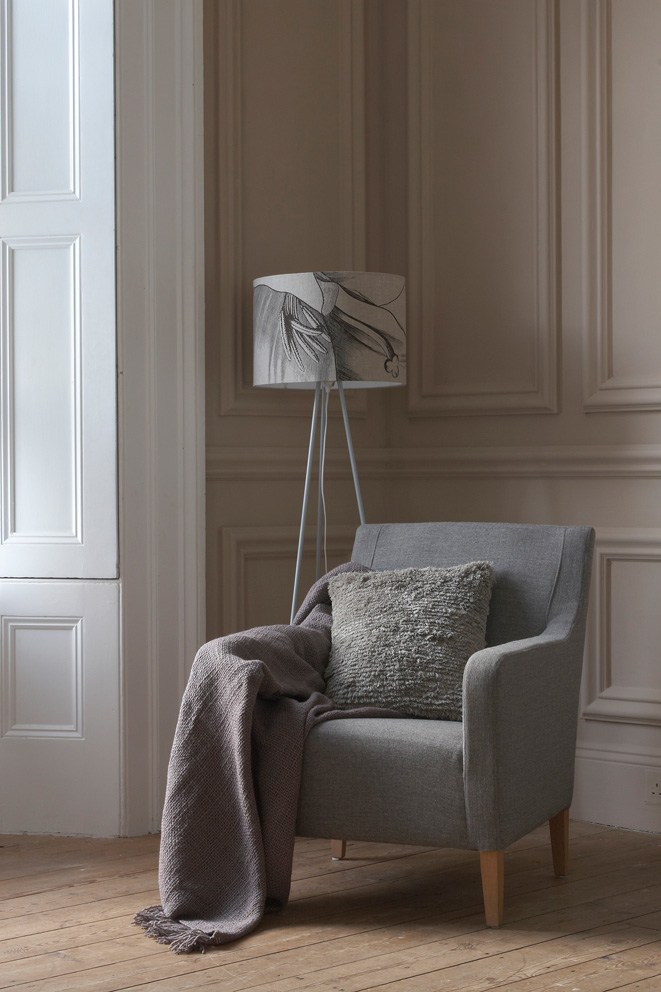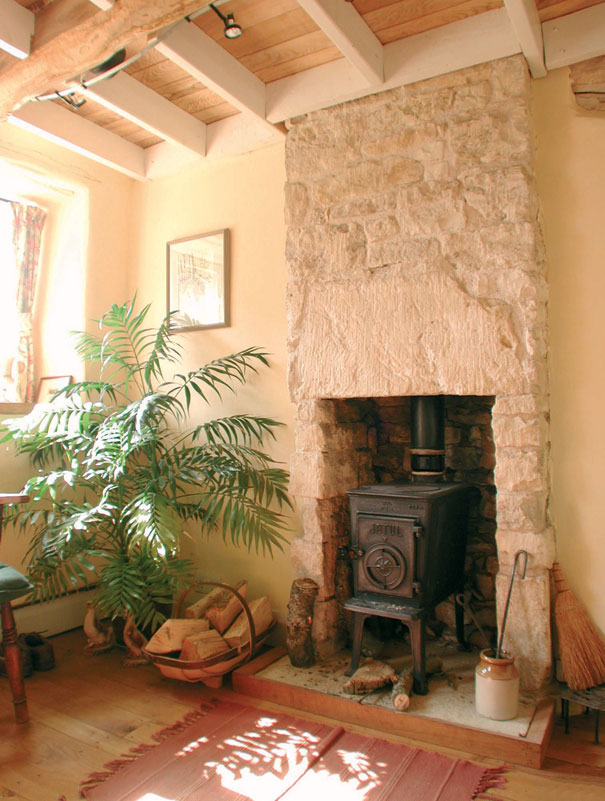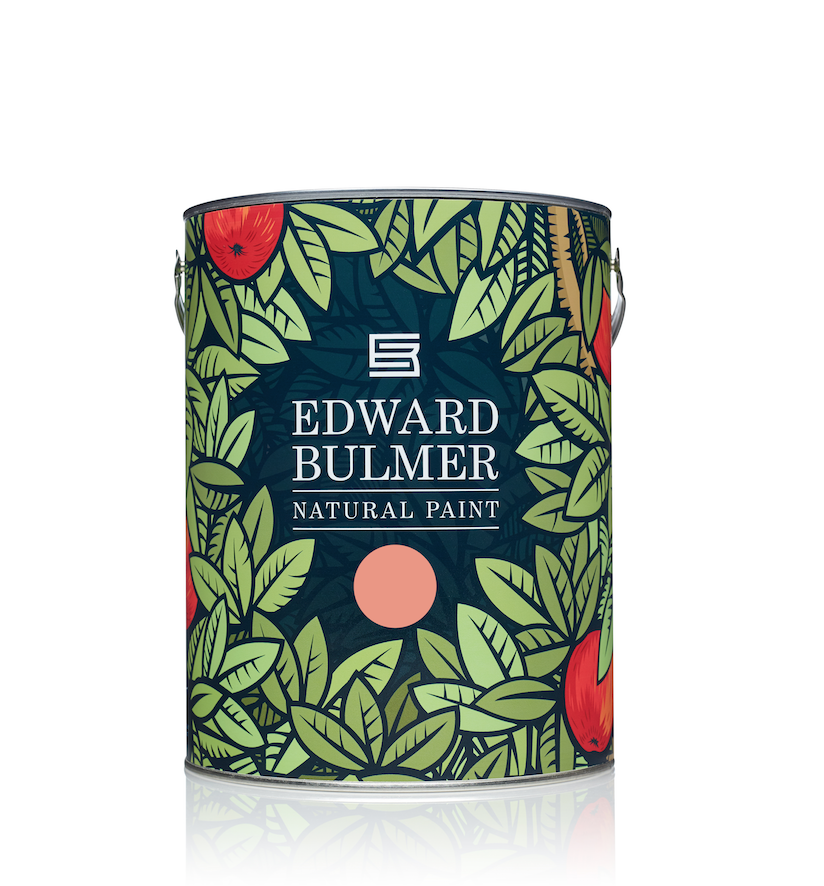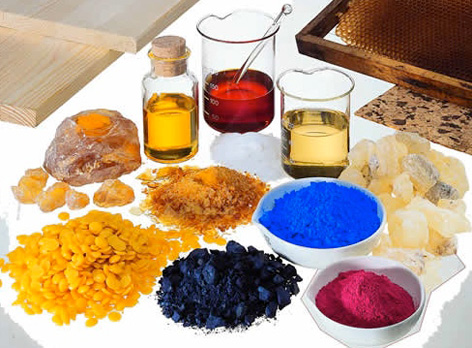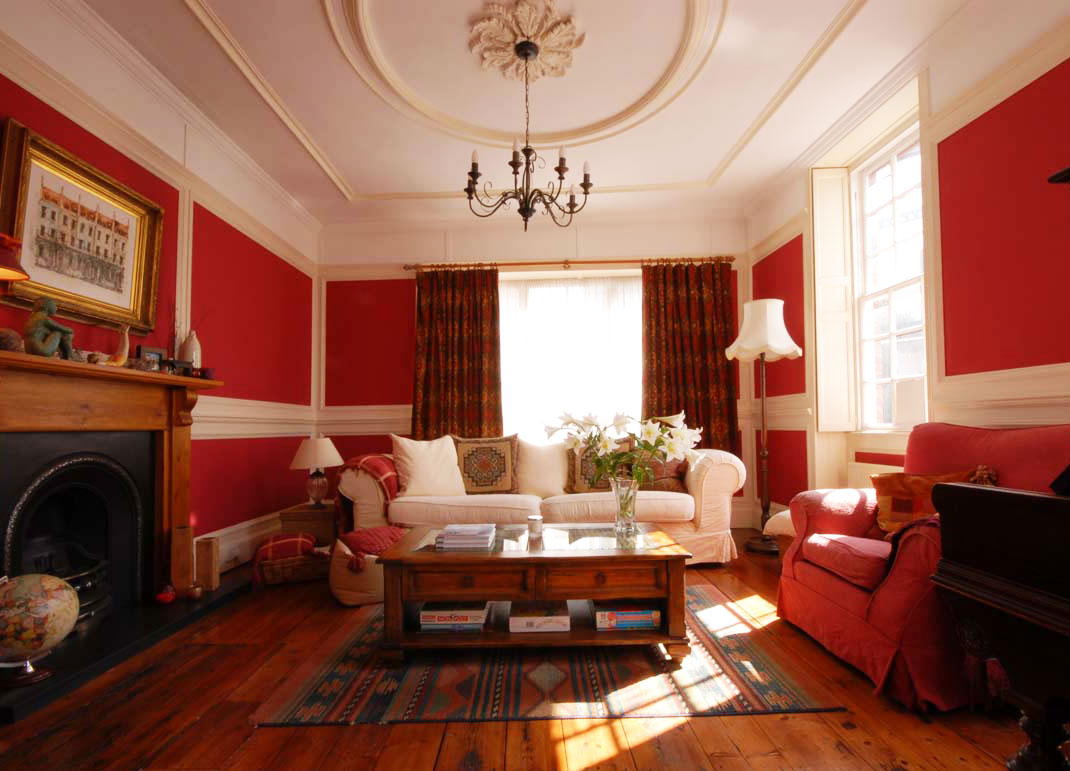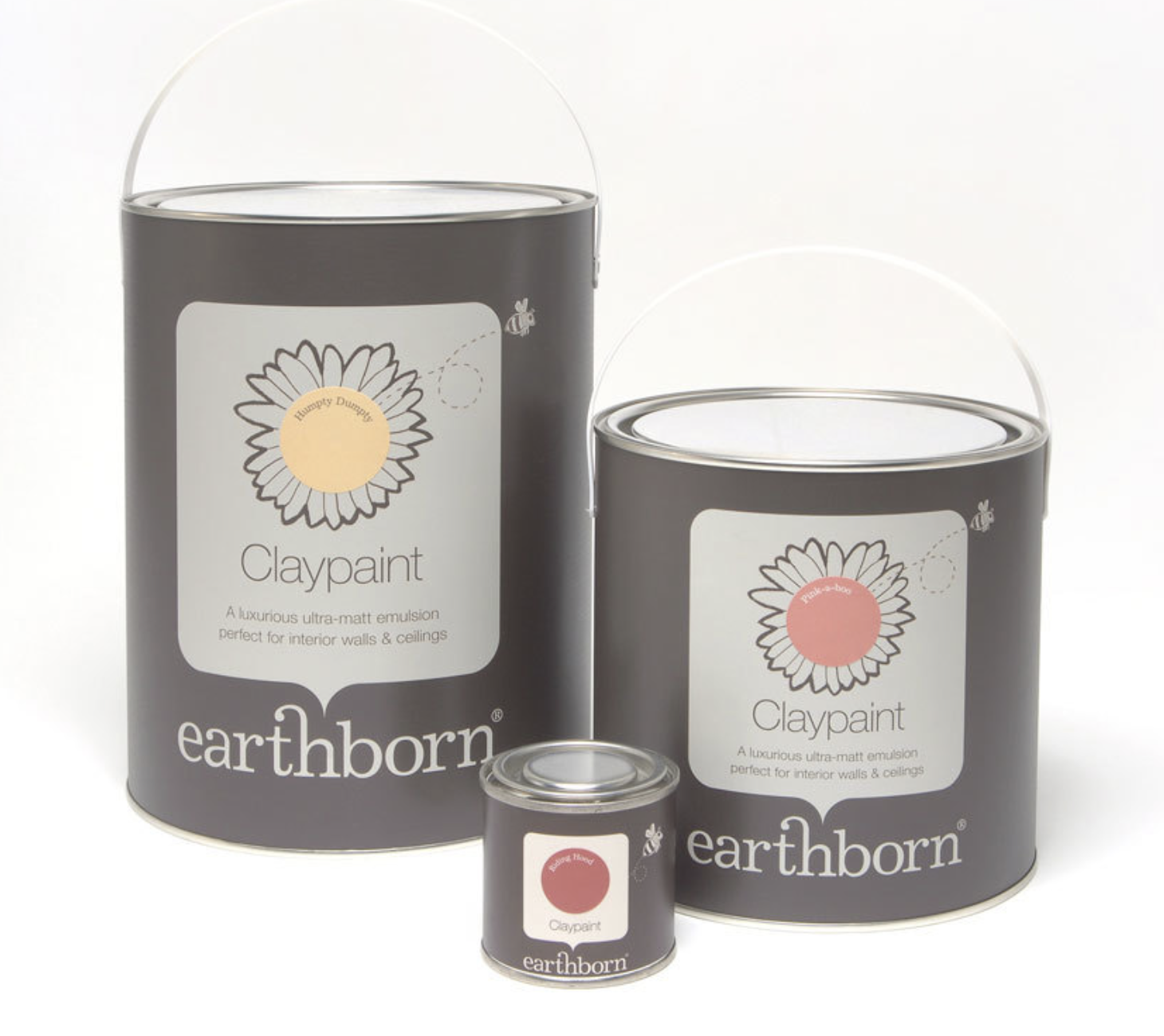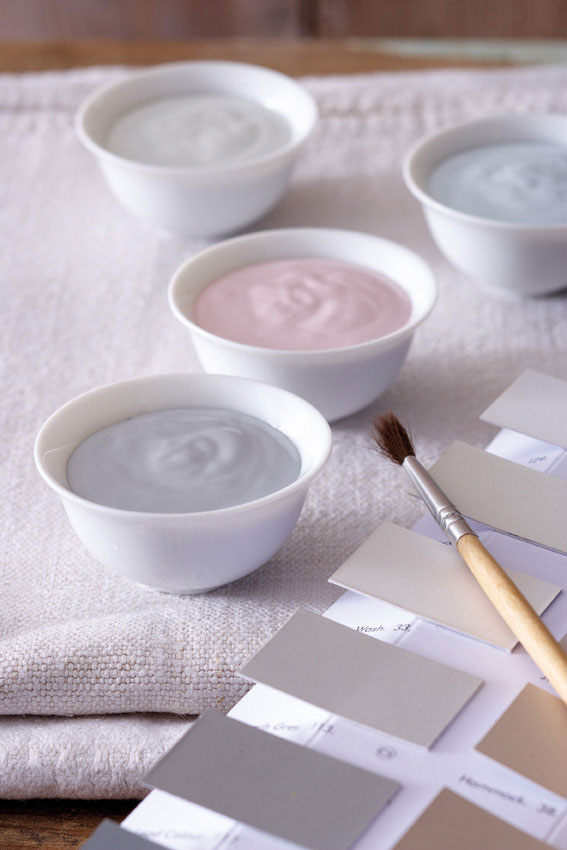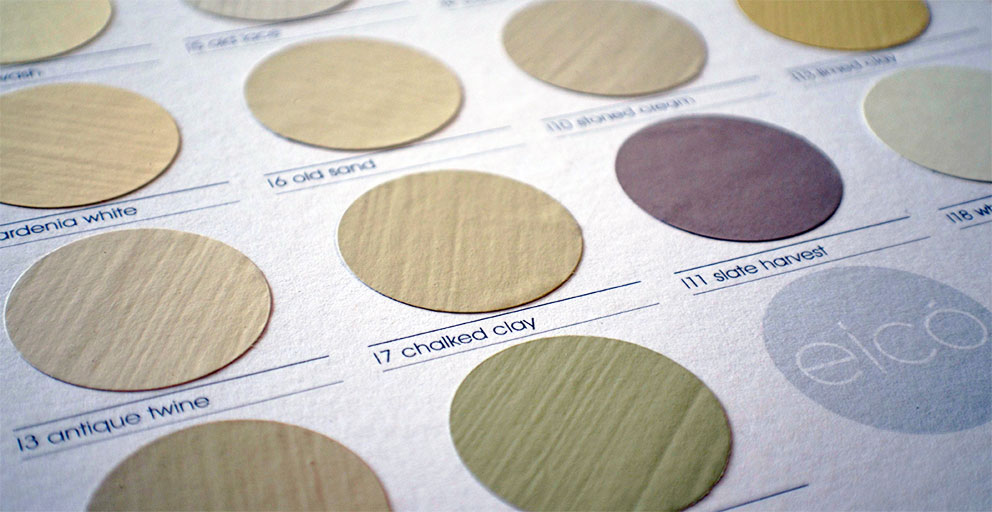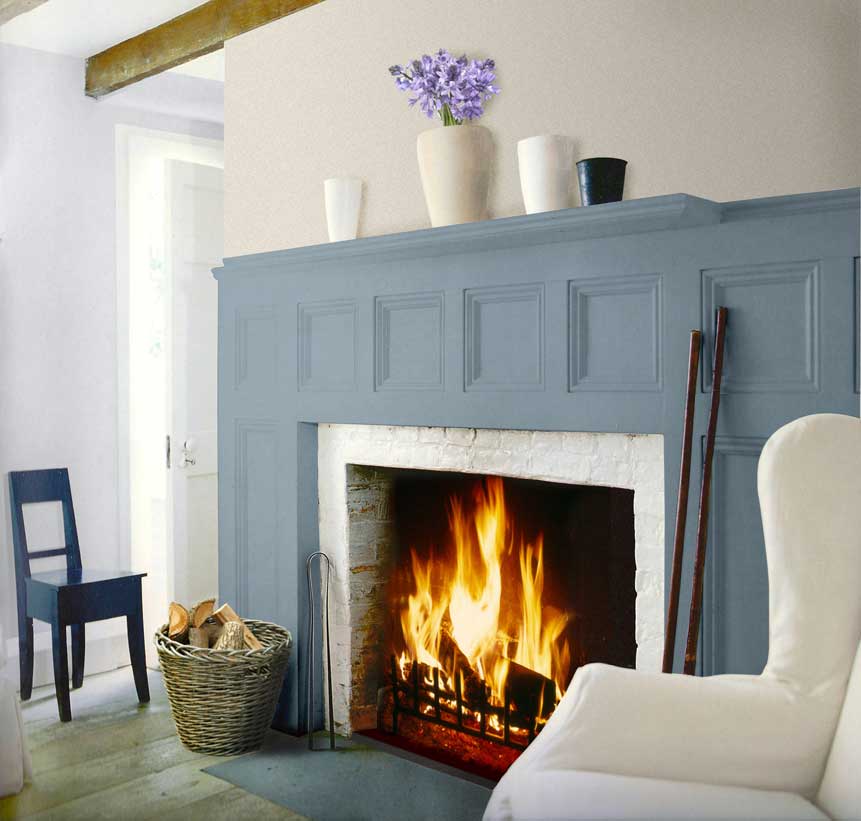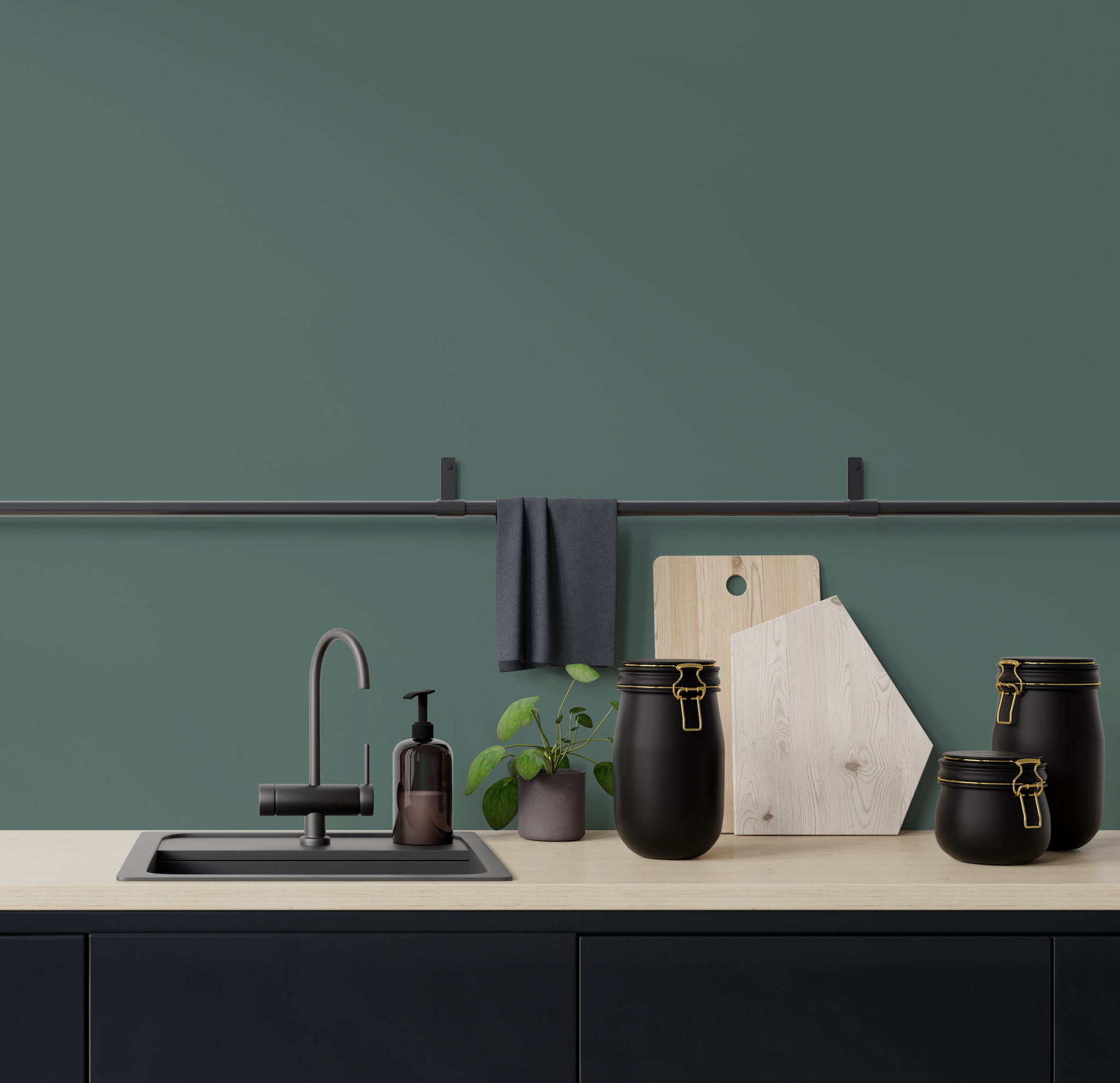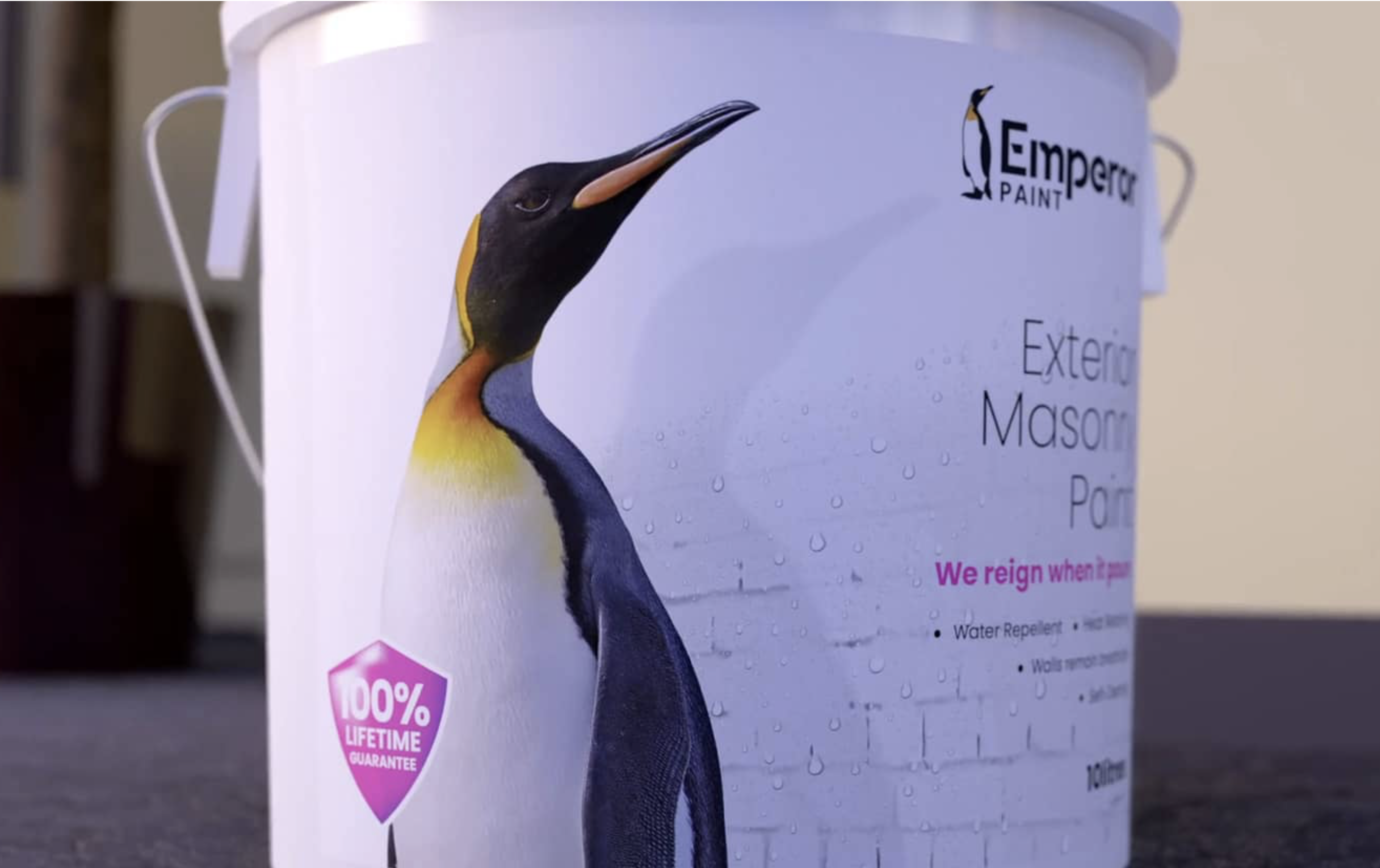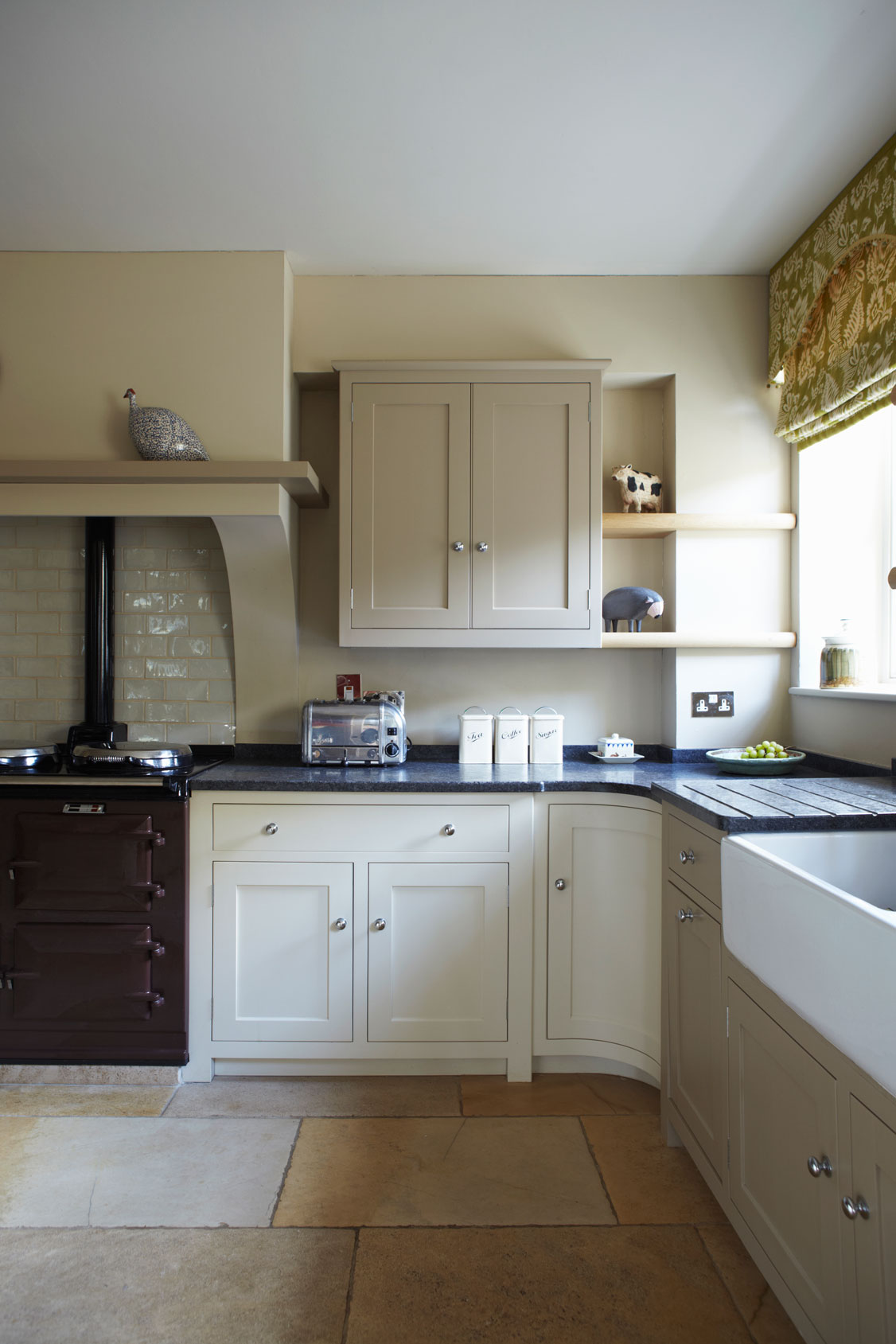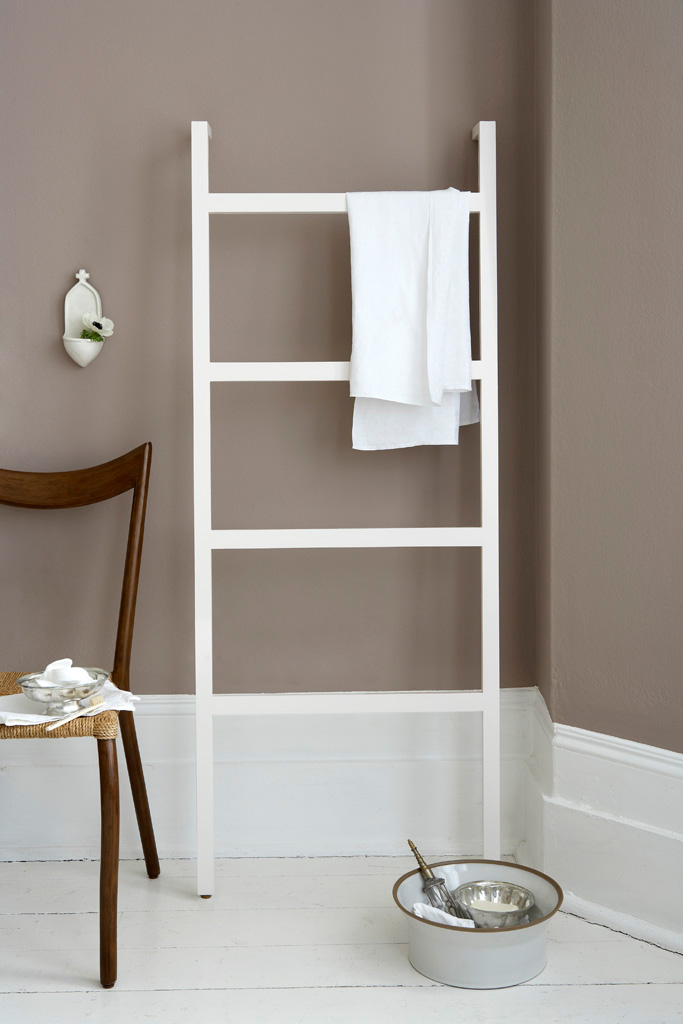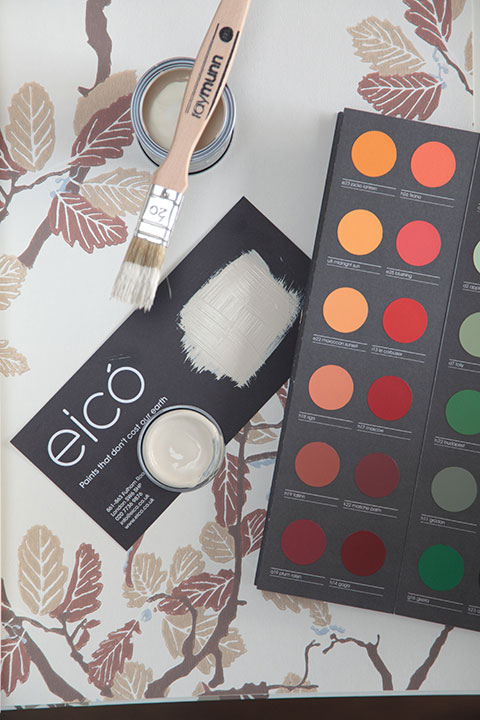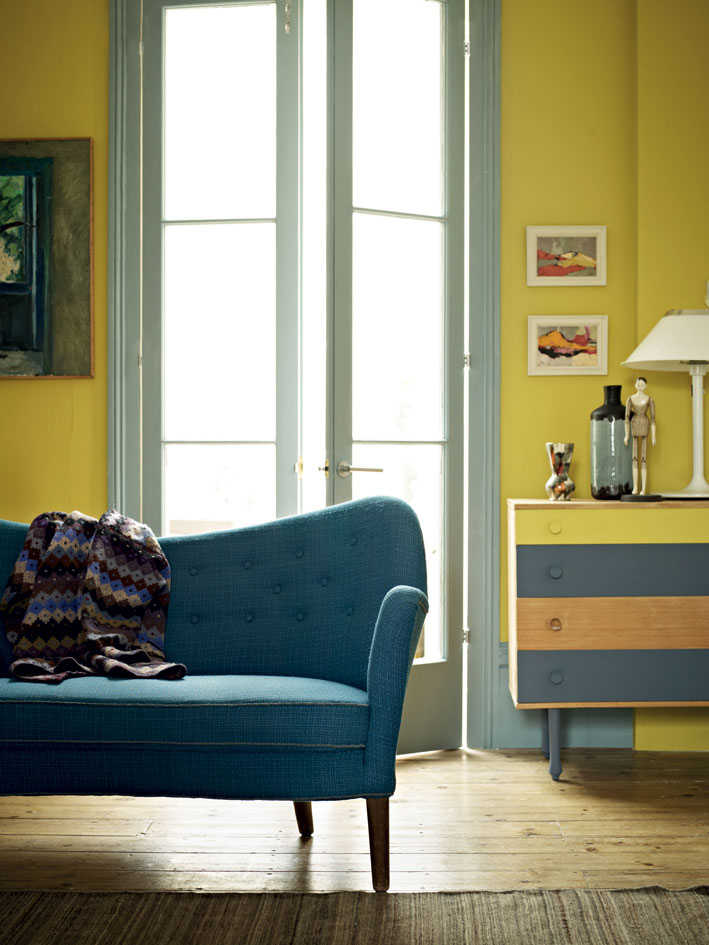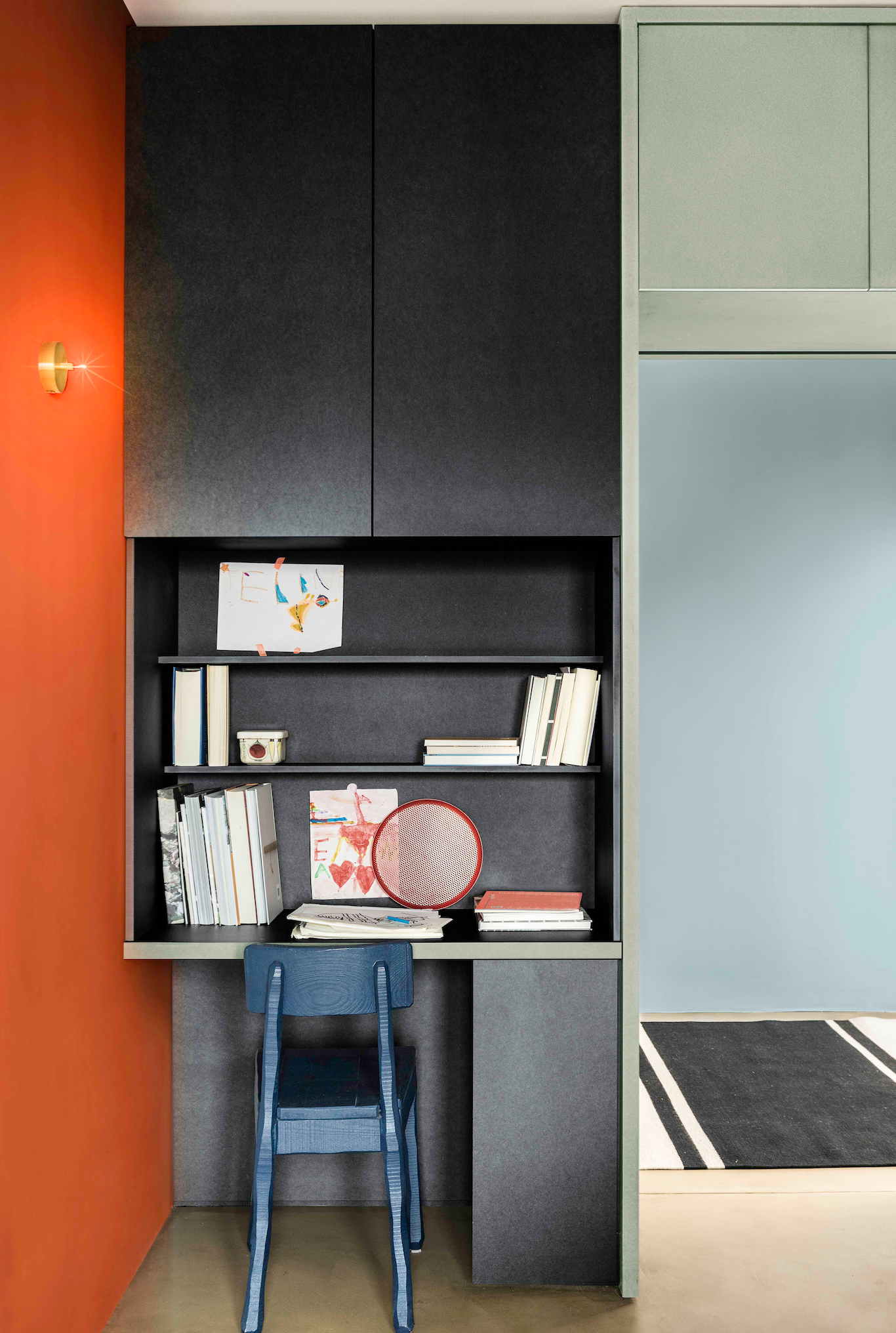Eco-friendly paints - what it means and who makes them
Paints have a big impact on air quality, something that's become a real concern to homeowners. So which manufacturers score highly on great colour, environmental friendliness and durability?
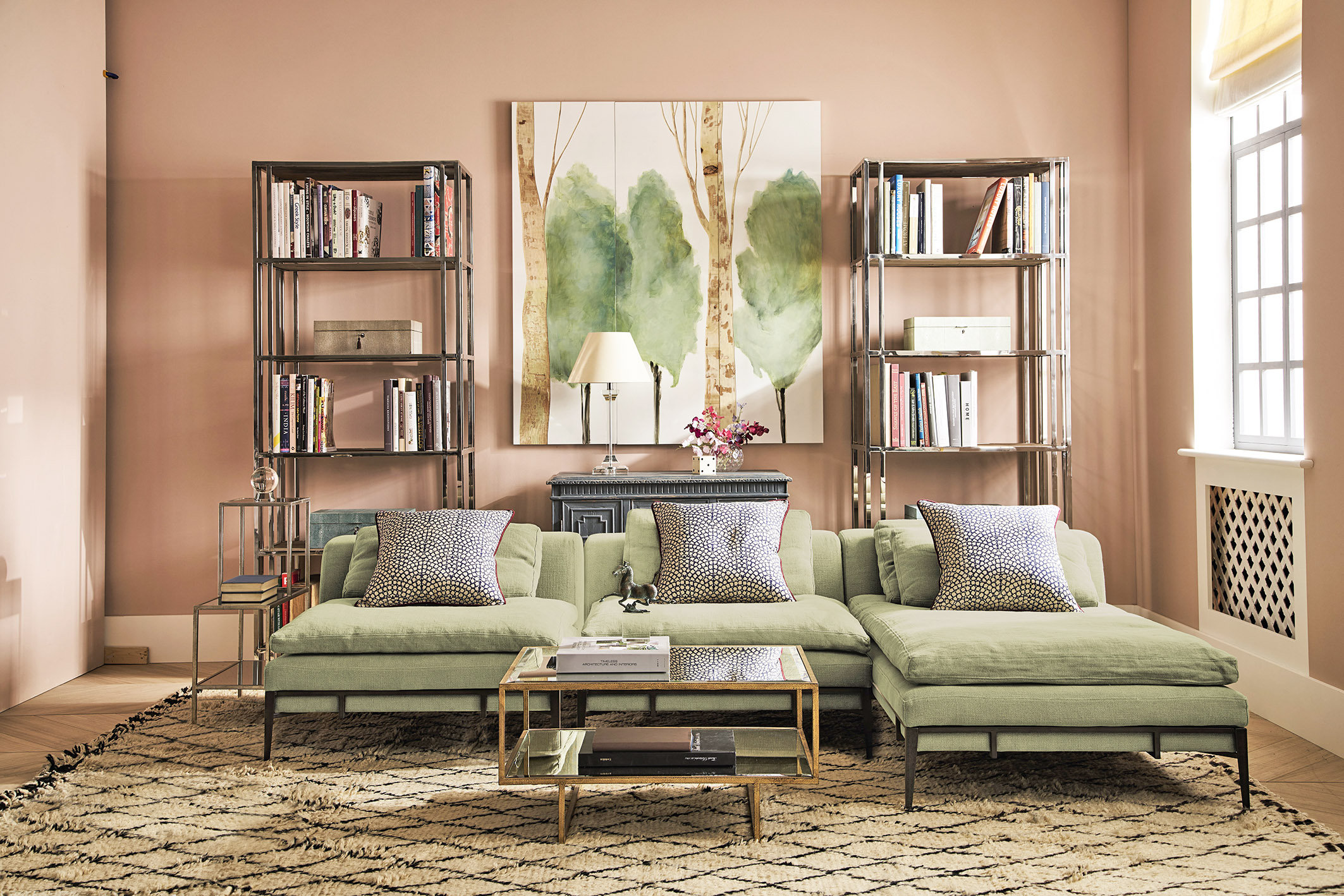
From the smallest bedsit to the largest mansion; every home needs paint. And we're increasingly wanting paints that are eco friendly, contain no plastic (acrylic) and won't off-gas. New to the UK are Graphenstone paints that contain graphene fibres for strength and no plasticisers. Pictured above: Edward Bulmer Natural Paints' Cuisse de Nymphe pink on walls. The company's non-carcinogenic ingredients are declared on the tin and contain no plastic. *Note, the paint industry is urging us to better estimate the amount of paint we need for a job, because waste paint has to be either incinerated or go to landfill.
You'll find a full list of brands at the end of the article
If you think it’s hard choosing a colour, once you start thinking about eco considerations as well, that basic product starts becoming a very complicated choice indeed.
What are VOCs?
VOCs are initials we're familiar with and we tend to think VOCs are at the core of the paint debate. Volatile Organic Compounds are gases given off by paints and other chemicals that contain solvents. They often have an unpleasant odour (remember how gloss paint used to smell?), but the fumes are also potentially carcinogenic and can cause lung problems, especially for those who already suffer from asthma. Government department DEFRA explains that VOCs form low-level ozone which is not only hazardous to human health, increasing hospital admissions and deaths from respiratory problems, but can also damage crops and forests. While most VOCs are emitted during painting, solvent-heavy paints can continue to off-gas for as long as two years, according to the US Environmental Protection Agency.
The EU’s Paint Products Directive, which came fully into force a few years ago, drastically reduced the amount of VOCs allowed in household paints – which was good news for both health and environment. But it also means that a lot of us assume all paint products are environmentally-friendly just because they have lower levels of these chemical nasties than they did previously.
Dulux, for example, discontinued its EcoSense emulsion some time ago now that all its emulsions have been reformulated to contain much lower VOCs, and states that it is 'committed to sustainable development and reducing the environmental impact of our products throughout the life cycle of their manufacture and use'. It's also announced that the production and transportation of its standard white emulsion uses 15 per cent less energy than was the case a decade ago. But is it enough to make the market for eco paints redundant?
John Dison, MD of what you could call super-eco Earthborn Paints (it's licensed to carry the EU Ecolabel flower symbol) thinks not: 'The Paint Products legislation has been a double-edged sword. Most manufacturers had to alter their formulations, and now say that because they abide by the VOC regulations theirs are eco paints. The public thinks that all they need to worry about is VOCs, but they are only one measure of eco-friendliness.
'In a sense you can forget about VOCs because the Government has acted to control their use. People need to think about what isn’t being talked about, such as whether the titanium dioxide is being produced ethically or whether it contains acrylics and plasticisers. Even if a paint has zero VOCs it doesn’t necessarily mean it’s eco, it’s just one criteria.'
Edward Bulmer Natural Paints is a range of environmentally-friendly, breathable paints from interior designer Edward Bulmer, which uses only natural (non petro-chemical-derived), non-carcinogenic ingredients, which are fully declared on the tin. It has a lovely palette of subtle colours. Bulmer's motivation in launching the range came after he read World Health Organisation research that suggested painters and decorators had a 40 per cent higher chance of developing lung cancer than the rest of the population.
Nevertheless, for those affected by asthma, allergies or chemical sensitivities, VOCs are still a big concern. Prior to the legislation, water-based emulsion could contain 75g of VOCs per litre and normal gloss paint up to 400g per litre. That has been reduced to 30g/l for emulsions and 300g/l for gloss - but that's quite a lot of nasty chemicals still airborne.
Mike Back, MD at Exeter-based Nutshell Paints, which makes emulsions and gloss paints without VOCs, adds: 'The big manufacturers have dramatically reduced VOC levels but they are still in there.' Incidentally, it's worth noting that not all VOCs can be smelled, and not all smells are VOCs - commercial 'odourless' paints often contain a large number of chemicals to mask smells, while some natural paints can have distinctive, sometimes unpleasant odours, but not be harmful.
Jason Harries, MD at Auro, a well-established brand of natural paints, says 'there is an odour from our paints when they're drying, but the odours don't come from harmful sources. For instance we use orange oil as a solvent, which has a strong but not unpleasant smell.'
Natural, organic or non-toxic?
Some customers want products made from all natural ingredients. For example Auro makes its paints from 99 per cent raw, natural ingredients, including organic linseed, while Ian West, MD at Ecos Organic Paint once stunned members of the Health and Safety Executive by eating his own paint to prove how harmless it is.
But words can be unhelpful, warns John Dison at Earthborn: 'The connection between natural and eco is a very loose one indeed - turpentine for instance is carcinogenic and causes VOCs, but it comes from a plant product. All natural things aren't healthy and terms like 'organic' have little meaning away from the food industry. What people really mean when they say they want a paint that's natural and organic is that they want something that's healthy and has minimal impact on the environment. At Earthborn, sometimes we use natural ingredients such as clay, but some items are synthetic from factories - we could use natural ingredients instead, but they would be less healthy.'
A good rule of thumb, suggests Dison, is to take time to read the label: 'It's unrealistic to expect members of the public to know about every ingredient, but I advise to look for paints that list all their ingredients as they obviously haven't anything to hide.'
Carbon footprint
When considering the eco merits of a product, it's important to think about the energy usage during manufacture and transportation. At Auro - and its paints can be composted no less - Jason Harries points out: 'We have a carbon neutral factory, run on solar and photovoltaic energy and harvest our rainwater.'
London-based Eico Paints took it one stage further, and moved production of its very low VOC, water-based acrylic paints to Iceland for environmental reasons. MD Rishi Subeathar explains: 'Many manufacturers state that they produce acrylic paint, but few admit to manufacturing 100 per cent pure acrylic, which is what is needed to produce the very best quality paint. To achieve pure acrylic, you do require enormous amounts of energy, which in turn will add both to the cost and the carbon footprint. By manufacturing paint in Iceland, however, the energy comes from 100 per cent free geothermal and hydro-power energy. This means that not only can we control costs, but also the manufacturing process is 100 per cent carbon neutral.'
Accreditation
One of the difficult things about choosing an eco paint as that, unlike, for example, the FSC certification for timber, there is no single accreditation scheme to help consumers choose an eco-friendly product. For example, while some companies call their paint organic, there is no official organic certification for paint, although individual plant-based ingredients could be certified organic. Earthborn has achieved the EU Ecolabel flower symbol, Nature Paints features the Globe symbol, stating that it is VOC-free (part of a certification scheme owned by its distributor B&Q) and Ecos has the Allergy UK Seal of Approval. Other smaller companies simply rely on word of mouth and satisfied customers.
Performance and lifespan
Very simple, natural paints such as limewash use very little energy in the making, but do offer a limited performance, coming off easily onto hands and clothes and needing regular repainting - although they do offer complete breathability. Paints from companies such as Auro, which also use all-natural ingredients, offer improved breathability over standard emulsions. 'A more breathable paint allows the moisture to wick away more easily and allows the property to breath, which is especially useful in areas prone to condensation like kitchens and bathrooms,' says MD Jason Harries. However, he adds: 'Natural paint has its limitations, you could take a scrubbing brush to a chemical paint using plasticisers and it won't damage it, which is a toughness that natural paints can't match.'
At Ecos, Ian West runs a paint testing facility that has operations in Arizona, Florida, Vermont and the UK, and he's happy that his company's paint performs equally well as less natural alternatives. John Dison at Earthborn agrees: 'There's a feeling that if you want something eco. then it's going to perform less well, but I would refute that. Our paints are technologically advanced and in tests perform as well as conventional paints and sometimes better, so there's no compromise.'
Waste not want not
It's always worth hanging on to small amounts of paint to enable you to touch up any damage at a later date. But having too much old paint hanging around can cause a lot of clutter, as research chemist Keith Harrison discovered when he started tidying up his garage in 2002. Unfortunately for his long-suffering wife, the sight of so many half-empty pots of paint set him thinking, and instead of completing his spring clean he ended up setting up a new company, Newlife Paints, which reprocesses waste paint, saved from land-fill, into high quality emulsion. His paints have a guaranteed 50 per cent waste content and the company's Reborn Collection offers 28 colours, with colour matching also possible.
While Newlife actually makes new, high quality paint out of old leftovers, Community Repaint offers a re-use scheme which enables local charities to make use of waste paint donated by decorators or left by the public at recycling centres. And of course leftover paint can always be offered on your local branch of Freecycle.
The paint brands you need to know
Graphenstone - natural paints (made in Spain and fairly new to the UK) that contain graphene to give them strength and durability. Very eco indeed. (Dealers in the UK include avace.co.uk)
Auro - German company Auro markets minimal VOC paints that are non-toxic and made with 99% raw natural ingredients, including organic oils.
Earthborn Paints - Earthborn Claypaints are all VOC-free and carry the EU Eco-Label flower symbol. Around £32.99 per 2.5L.
Edward Bulmer Natural Paints - plastic free, VOC-free, non-toxic ingredients listed on tin
Ecos Organic Paints - Ecos Organic Paints makes products which are VOC free and non-toxic.
Eico - Eicó makes non-toxic acrylic paints at a carbon-neutral factory using geo-thermal energy in Iceland.
Little Knights - VOC and petrochemical free paints, with an antimicrobial ingredient. Safe for babies' rooms, does not off-gas
Farrow & Ball - Farrow & Ball sells low and minimal VOC paints and limewash in a wide range of colours. Around £46.50 per 2.5L Modern Emulsion, which contains acrylic.
Fired Earth - Fired Earth sells emulsion with minimal VOC levels.
Little Greene - Little Greene offers water-based emulsion paints with VOC levels of almost zero, and gloss paints made with natural vegetable oils.
Natural Paints online - Aglaia has been making paints to historic formulae since 1968. They are VOC-free, non-toxic and use only natural materials.
Annie Sloan Chalk Paint - plastic-free paints, for matte chalky walls
Nutshell Paints - Nutshell sells VOC-free paints made from natural materials. Around £30 per 2.5L of Chalky Emulsion
For waterproof exterior paint that can help your home to retain heat, visit Emperor Paint. Products have seal of approval from the Energy Saving Trust.
Read more: making good use of waste paint
